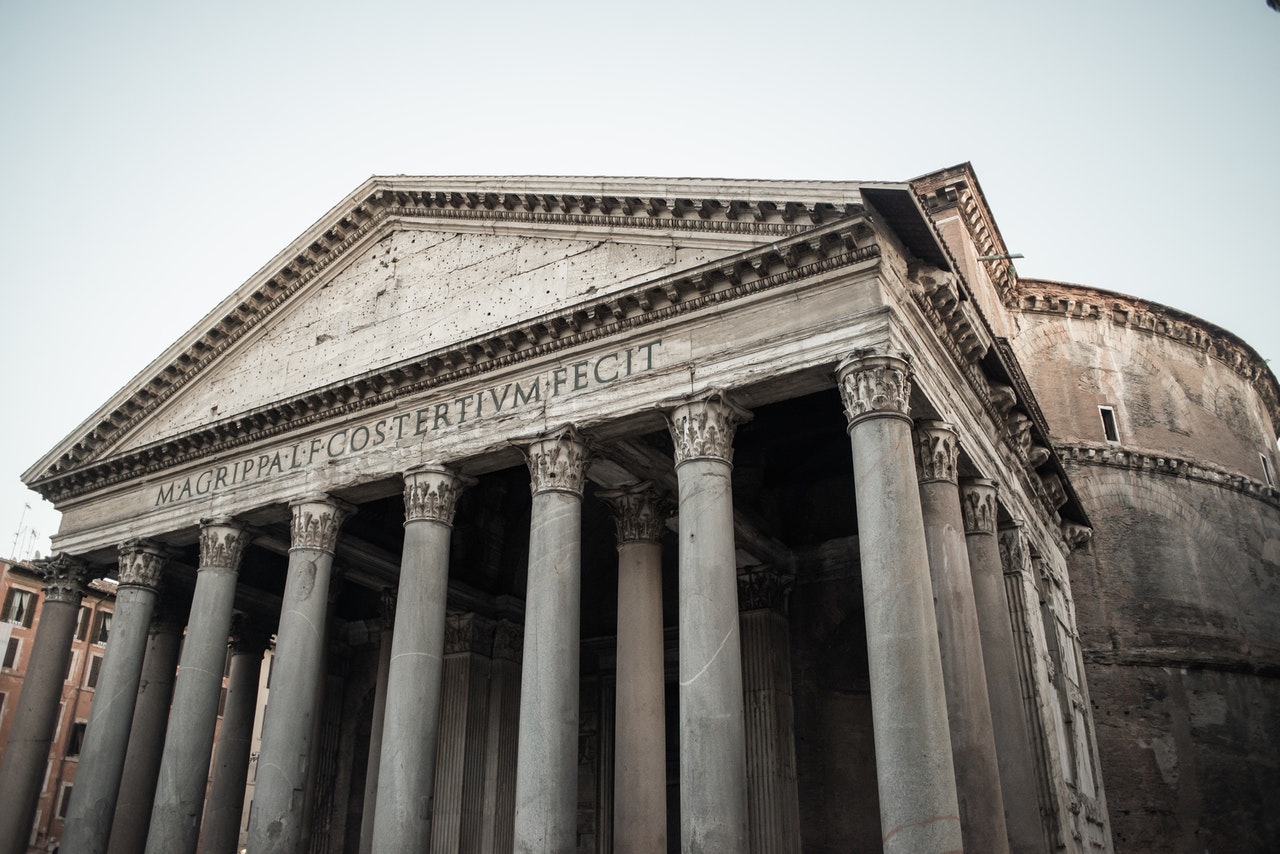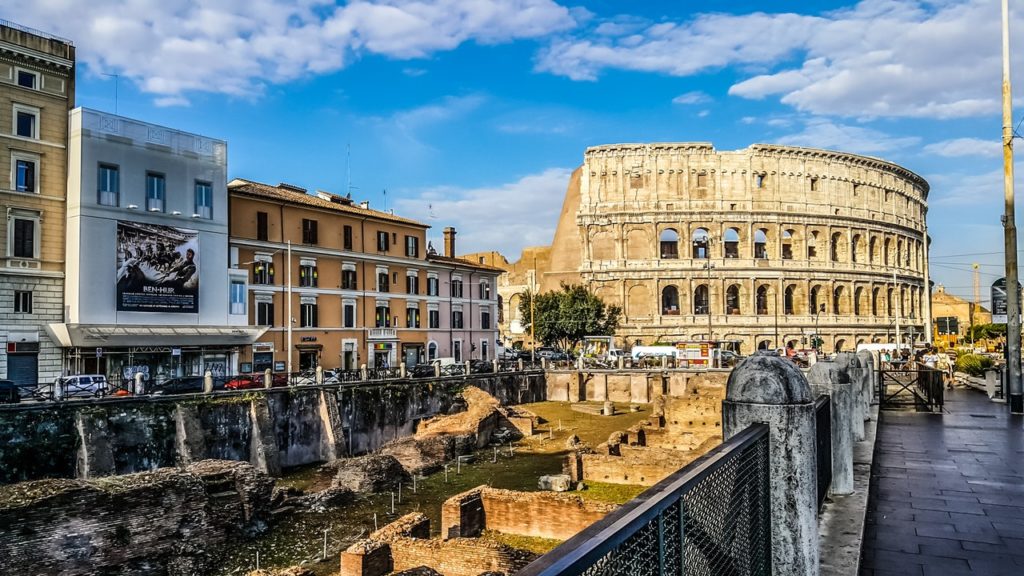When people talk about old and legendary cities, Rome always comes to mind. With so much history and art, many old Roman constructions have stood the test of time. Not only are these Roman constructions picturesque, but they are also very sturdy.
Many think that modern materials are sturdier than materials used for ancient buildings. But this is not always the case. A lot of timeless Roman buildings have stood tall up to this day, all thanks to opus caementicium. Roman cement is different from precast concrete, which is used for modern architectural buildings. Precast concrete is also made of natural materials such as sand, gravel, rock, and water. While precast concrete is strong and sustainable, its features may need further development to match up to Roman cement. This kind of concrete is what is normally used for precast concrete fences, sound walls, parking structures, and more.
The developers of modern cement are looking to improve the quality of the kind that we are using today. Science and history may have the answers that we are looking for. Here’s what we all can learn from the Roman cement.
Roman cement is a valuable part of the Roman Architectural Revolution
It was only a few years ago when modern engineers unlocked some secrets of these Roman buildings. Specialists are still exploring how opus caementicium works. For one, this particular material can last for thousands of years. Here’s what we know about opus caementicium so far. The Roman cement was a defining artifact of the Roman Architecture Revolution.
Rome was not built in a day. It took the Romans decades, even centuries, to develop its architectural strength. Hence, the Roman Architectural Revolution succeeded with Roman Empire’s reign. The Ancient Romans used opus caementicium for domes, vaults, bridges, and even aqueducts.
A great testament to how opus caementicium stands the test of time is the Pantheon dome. Built around 113 AD, the dome is still the world’s largest concrete dome that was never reinforced. It lasted two millennia, and it still looks as glorious as ever.
The opus caementicium formula vanished after the fall of the Roman Empire
Modern architects and engineers have seen the elements found in Roman concrete. Yet, the exact method done by these Roman architects and engineers is yet to be discovered. The formula used to create opus caementicium disappeared with the Empire’s fall.
Researchers have found written proof of the strength of the material. Vitruvius’ Ten Books on Architecture mentioned hints of mixtures. Ratios of lime and pozzolana were specified in the document. Romans only used less lime, and bake it at 900 degrees Celsius or lower. However, the exact steps on making the mixture are still lost. Moreover, studies show that Roman cement is made of sustainable material. As the production of Roman cement uses less fuel, it can be an eco-friendly foundation option.
Opus caementicium is water-resilient
Researchers believe that the Romans spent so much time developing their concrete. Its lasting power is apparent not just with domes and pillars, but even in breakwaters. These constructions are vastly seen in Caesarea, which is now part of modern-day Israel. They discovered that aluminous tobermorite forms when seawater percolates through the concrete. This dissolves components of the volcanic ash. This process allows new and stronger minerals to form. This could be the reason why the materials are resilient even when submerged in water. This aluminous tobermorite has crystals that reinforce the matrix of the Roman cement. Its plates increase the material’s resistance to fracture. Research suggests that the material thrives because of chemical reactions to seawater. This is why fixtures in piers and bridges show lasting strength. Japanese researchers have recently discovered aluminous tobermorite formation in their nuclear plant walls. Their analysis shows that the thick walls were able to absorb and retain moisture. These minerals reacted to water, which increases silicon and aluminum ions, as well as the alkali content found in these walls. The same study suggests that incorporating aluminous tobermorite in modern concrete is difficult.

The cement needs time to be firmer
Roman concrete is indeed a strong material. However, it has to go through a series of environmental changes before it shows its lasting strength. This is the reason short-term researches on aluminous tobermorite are not as in-depth. It has to take time for scientists to see the difference. Hence, it will be hard to use Roman concrete in place of modern concrete for now.
The interest of scientists in the production of Roman concrete shows that not everything that is modern is better. The Ancient Romans may have lived a long time ago, but their architectural and scientific legacy lives on. Yet, these scientific discoveries on the Roman cement open opportunities for developing sustainable foundations. If these were to be developed in this day and age, we have the Romans to thank for.

